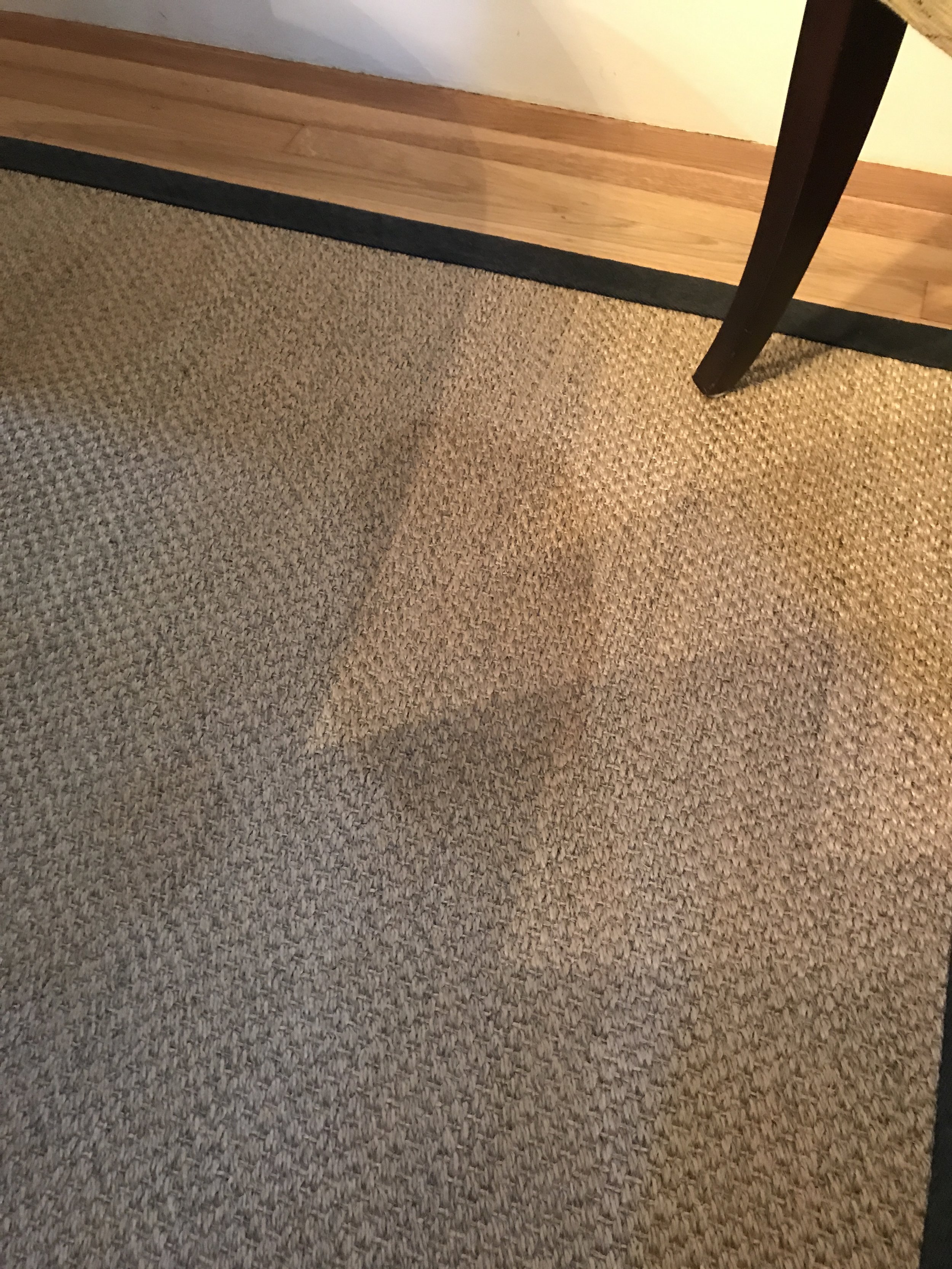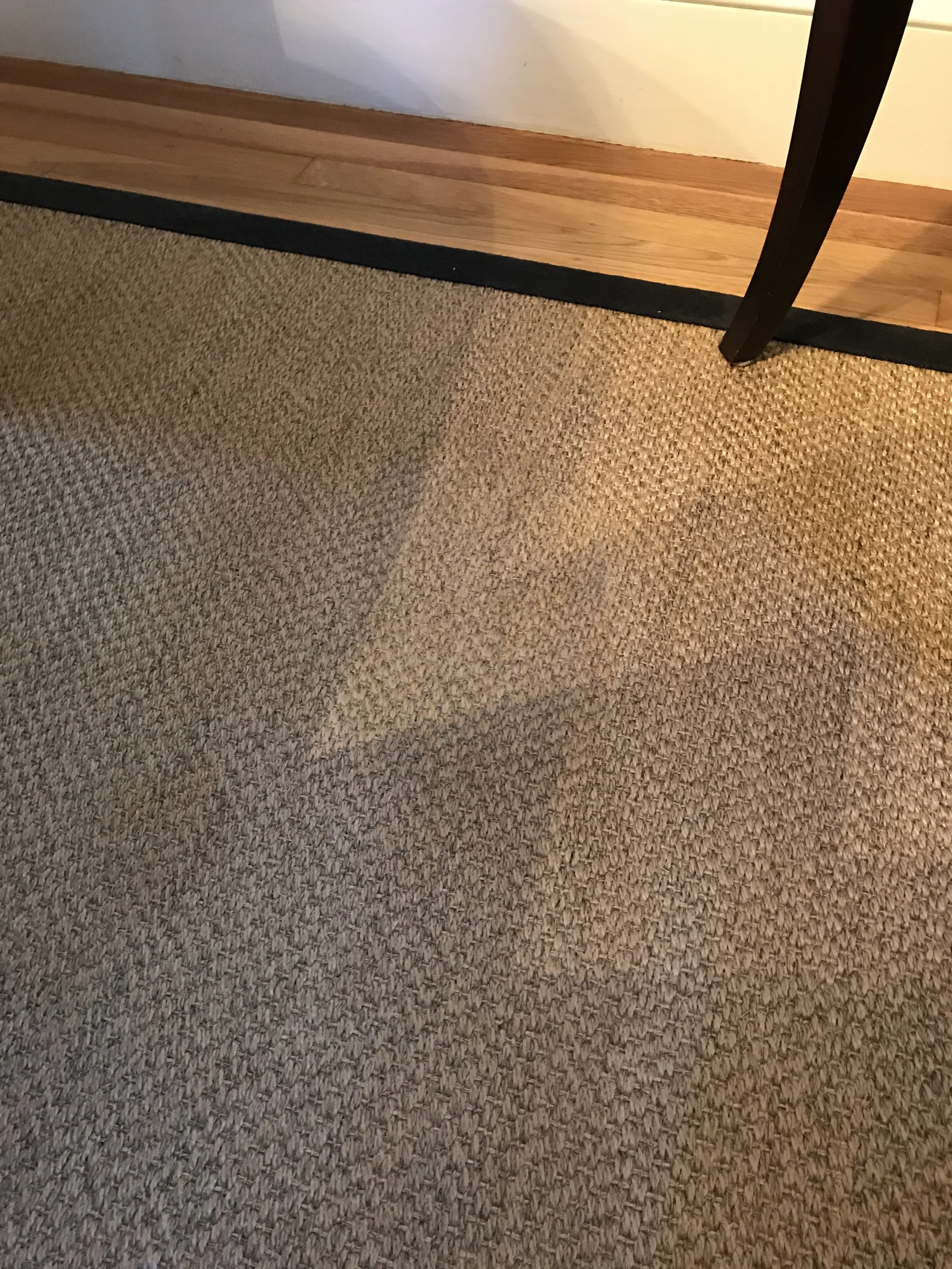There are two major categories of deodorizers: masking and counteracting.
Masking deodorizers are fragrances which are used to cover an existing odor, or provide a smell where there would otherwise be none.
Counteracting deodorizers can have different mechanisms of operation. No matter the mechanism, they actually eliminate odors from the environment. Some counteracting deodorizing products contain masking deodorizers. The addition of a masking deodorizer allows for immediate relief from the offending odor, giving the counteracting deodorizer time to provide prolonged relief.
We do not use masking deodorizers, which are often included as incentives by other companies. It is a common feeling that for something to be clean, it needs to smell clean. This is why these products can provide such powerful emotional manipulation and effective marketing. However, when something is clean it should have very little to no smell.
The first step in proper odor removal is removing the soiling that is the source of the odor. After as much contamination as possible is removed, only the relatively small amount of odor residue remaining needs to be counteracted.
When your textiles have a general and mild smell about them, a proper restorative cleaning process will remove the source of the odor and therefore the odor itself. There is no need to introduce additional unnecessary chemistry to your indoor environment; a masking deodorizer.
If you have an odor issue from pets, or another form of heavier contamination, a counteracting deodorizer may be necessary. Once the source contamination is removed the odor can be properly assessed and counteracted for permanent removal.






